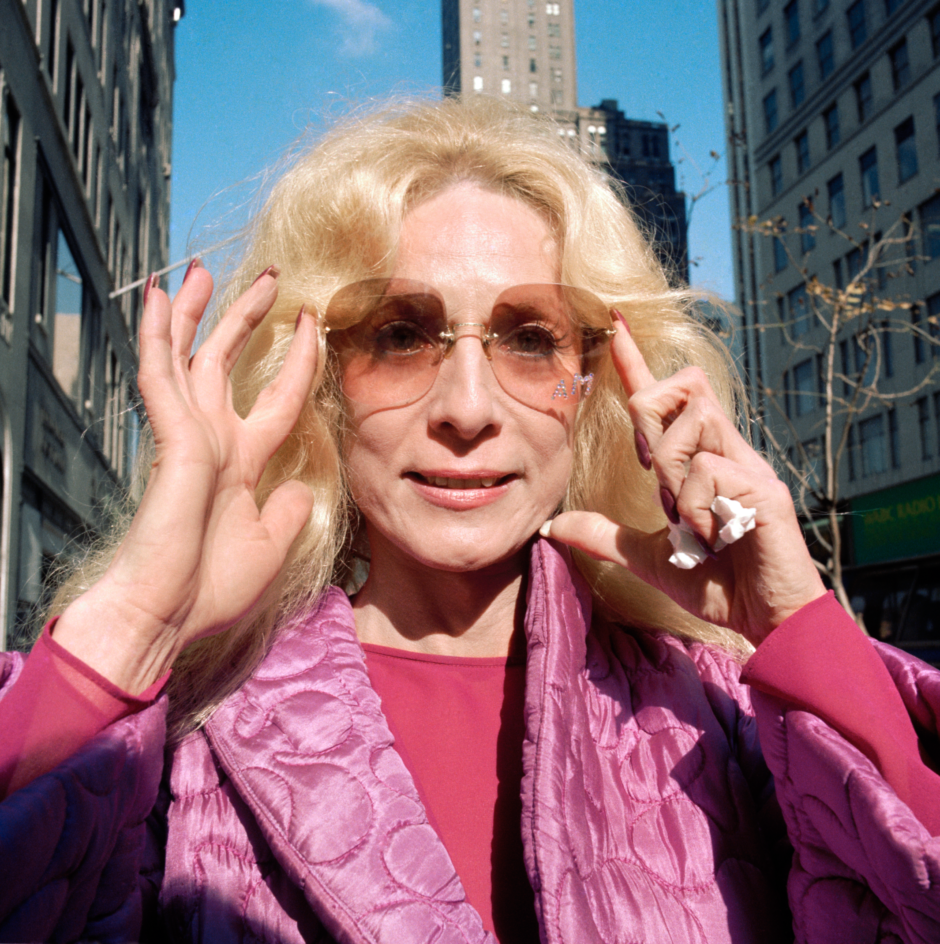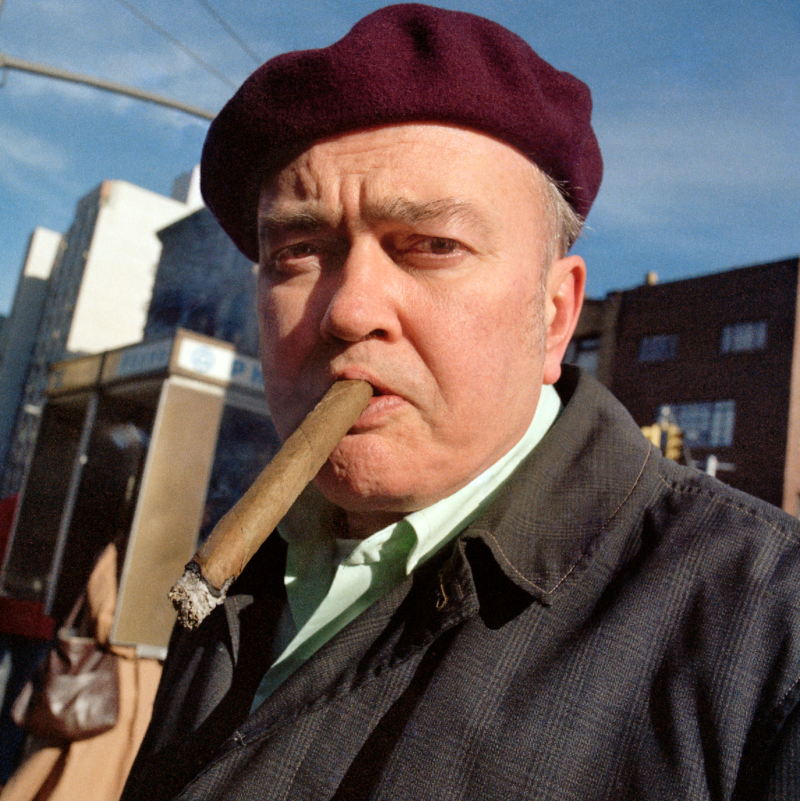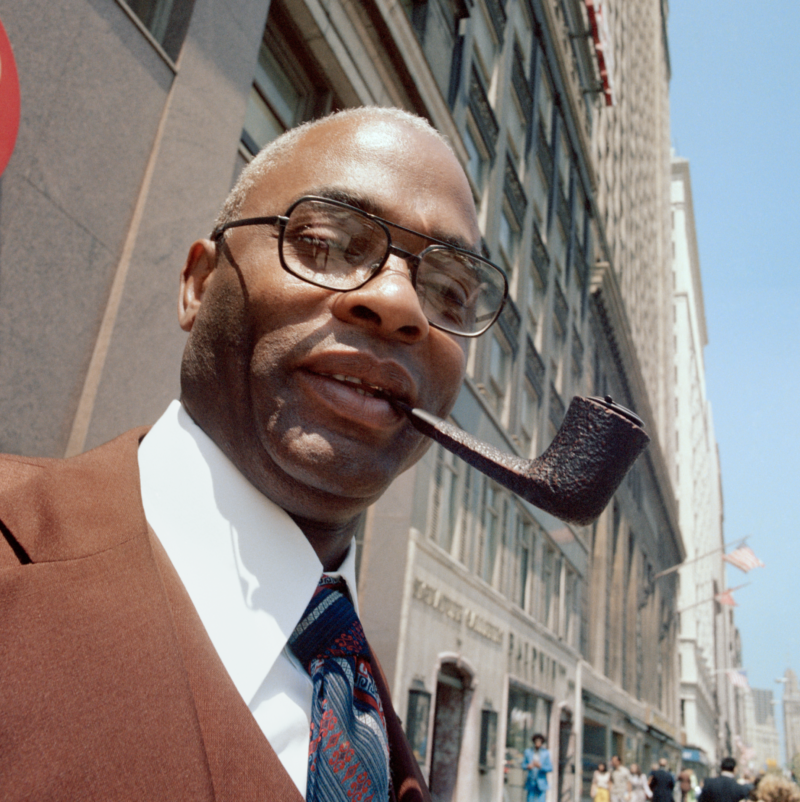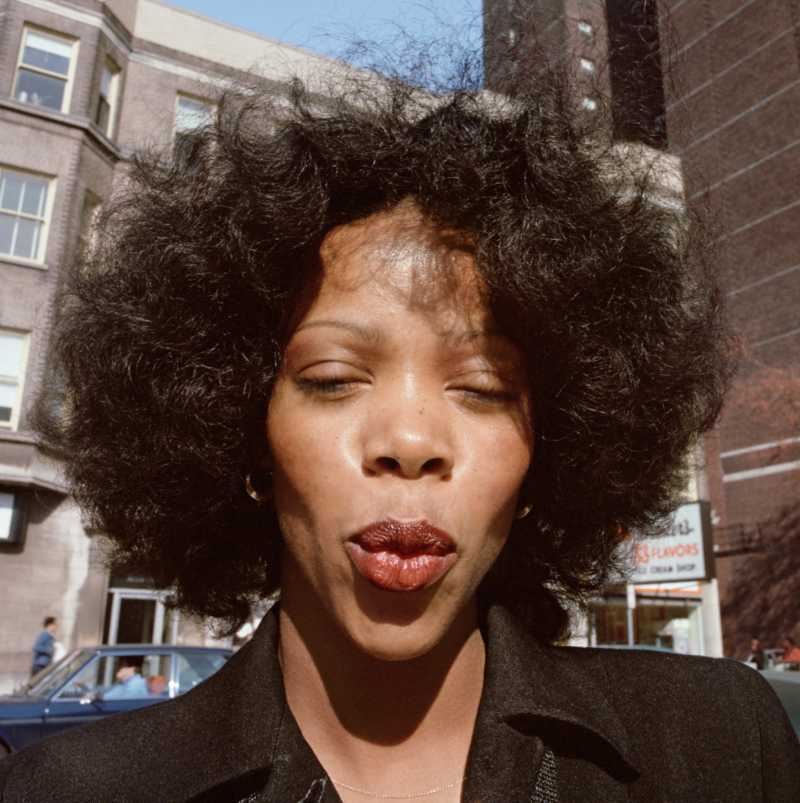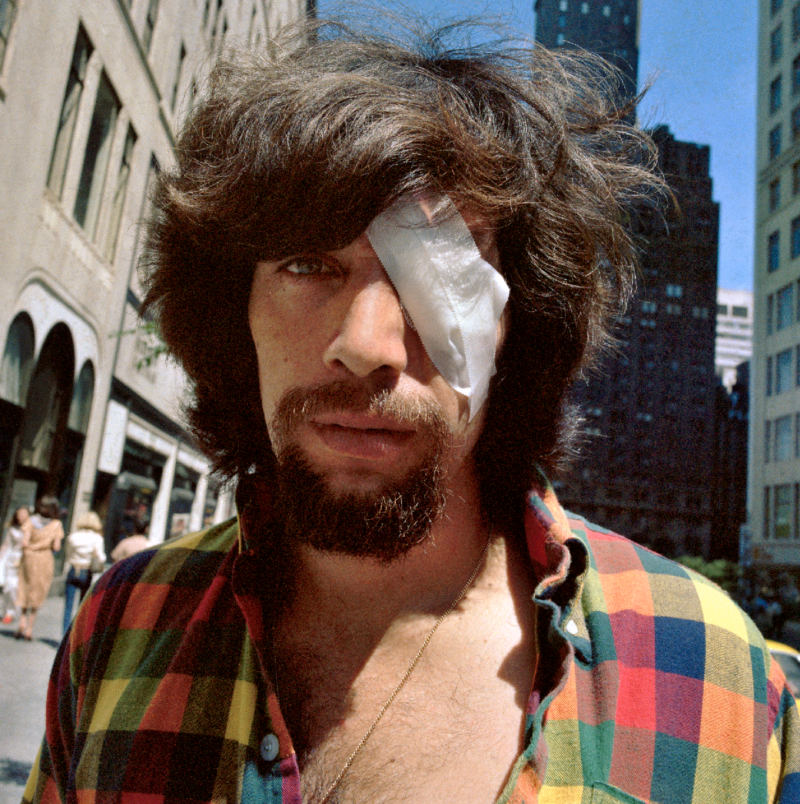THE VINTAGE NEW YORK STREET PHOTOGRAPHY OF CHARLES TRAUB
Long before Facehunter and Humans of New York, Charles H. Traub was doing street photography before street style was even a thing.
Between 1977 and 1980, Charles Traub ventured onto the streets of Chicago, New York, and various European cities to take photographs of their inhabitants at lunchtime. Colourful and direct, animated and intimate, the portraits are shot close to the subjects, composed seemingly off-the-cuff, focusing on just their heads and shoulders.
Each subject reveals something of himself or herself to the camera: the woman who takes the opportunity to pose in dignified profile or the one who purses her lips in an exaggerated pout, even the somewhat less-fortunate subjects caught adjusting their glasses or blinking.
How did you first get into photography?
In college, I had inherited a good camera from my father. My last semester of my senior year I took a course in order to know how to use the camera as I was entering service in the Peace Corps in 1967.
Can you tell us about your process and do you have any rules?
I’ve always been a straight photographer. I believe in what I call “real world witness” that is to say – the ironies and improbabilities of the collusion of people, things and spaces, for me are always more unreal and surprising than anything I can construct. I try to use the full frame, composing from the frame inwards. I rarely crop or make radical post process adjustment. The issue is to make all the tensions within the frame work together. I have been a digital photographer since 1997. I believe in all that is digital, and see no reason to go back to older processes.
In your Lunchtime series of photographs you captured some great characters with bags of individuality. Is it still possible to do that in New York?
It’s a complicated issue. It is certainly not as easy to approach individuals as it once was. Society is suspicious of the possibility of being surveyed. People are simply more guarded. But, I believe that if your intentions are good and you are forthright about taking their picture, most people will participate. it is a matter of how you present yourself to the subject. My encounters with my subjects are a delight for me and I think that is shared by the person photographed.
Did you find it difficult approaching your subjects?
Very rarely did I find it difficult, nor engaged hostility or negation. My engagement with Jackie Onassis pretty much sums up the whole issue. In 1979 standing at the corner of 5th Avenue and 57th Street, across the street at Tiffany’s was a gaggle of paparazzi surrounding a limousine. I was on the other side, sort of aloof, telling people I’m not with them. So who walks by, the most famous woman in the world, Jackie Kennedy Onassis, who stops in front of my camera and says, “If you need to take my picture, please be quick.” I said, “Mrs Onassis, I’m not here for that purpose, thank you very much.” I’m laughing at myself and all those paparazzi across the street going after Charlie’s Angel Jaclyn Smith getting her wedding ring. So no sooner did that happen than John Lennon and Yoko Ono walk by and do exactly the same thing. I didn’t take their picture either…The truth is that everybody wants to be noticed, wants to be photographed. They have that coat and tie on for a reason and a sloppy dress that is more considered than not. I believe, what’s worn is a deliberate decision. That’s what I’m interested in, the social fabric of the human condition.
What qualities made you want to photograph a subject and what were their reactions to being photographed?
There are multitudes of qualities that attract me – it might be the colour of a hat that is coordinated with the shoes, the stereotype of a suit that had become the uniform of a certain occupation, perhaps it is simply the smile of someone or the way they carry themselves down the street. The revelation in the encounter is that I get to know someone that I never knew before in some intimate way. I was often able to confirm my suspicion about them – she’s an artist, he’s a banker. One has to have fun when making pictures, I think that is evident in mine.
What was your favourite street to photograph on?
It used to be the grand avenues of every city I’ve been to – Michigan Ave, 5th Avenue or the Champs-Élysées and the Via del Corso. But today everybody is so mixed everywhere and anywhere that any street, place or environ holds possibilities.
Do you think you could produce a series like Lunchtime now?
Yes. But of course, it would be different. People will be less glamorous, more indistinct in their clothing and accessories, certainly more casual and often more sloppy. The sadness of our global culture is that everybody looks like everybody else. Regional distinctions have disappeared. Everybody’s wearing mass produced clothing, blue jeans, T-Shirts and what have you, and it is hard to tell whether they are from Italy, China or Timbuktu. Panache is a lost concept.
What first attracted you to New York?
The show. The ongoing continual theatre of the street. It is still the centre of the world. Everybody who can will at least come for a visit. No city matches its energy, and it is full of possibilities because it is always changing nature. This is not to say that aren’t other wonderful places to work – please invite me and I will travel.
How would you say the iPhone and social media is changing street photography?
It is simply another tool. If used correctly and with consciousness, it can make wonderful pictures of anybody anywhere and anytime. I use it all the time and one day, as the camera gets better, I am sure I will be using it most of the time.
What is your favourite photograph that you’ve produced?
I have no real favourite, though like any photographer there are only so many that are really great. As I have been reorganising my archives and files, I am just surprised how many old pictures I find that I hadn’t really considered and I now find exciting. I have discovered that there are common threads in all of my works that constitute my attitude and style, whether the images were taken in 1969 or 2009 and for that matter in 2029.

